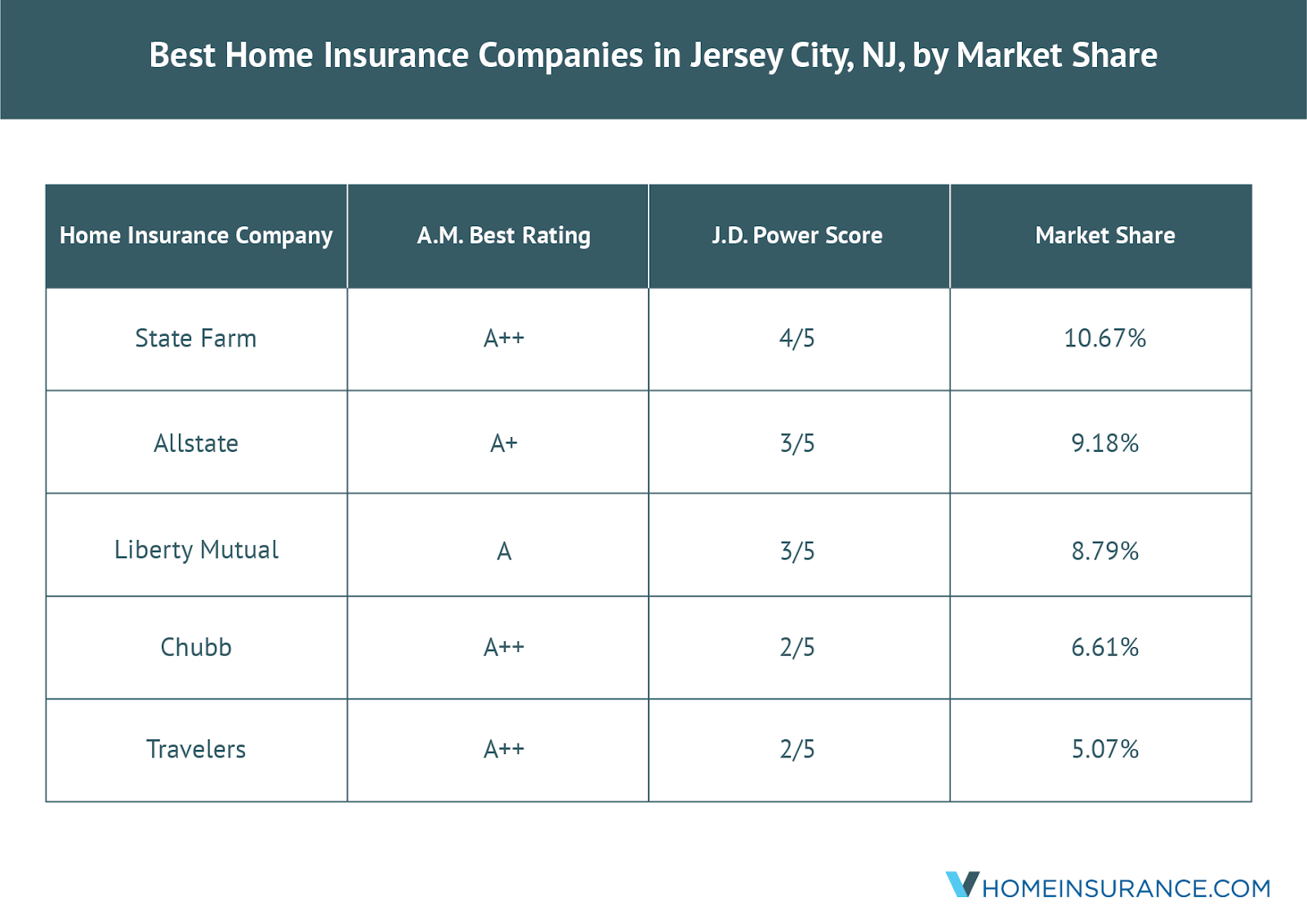
It is important to fully understand the process before purchasing pet insurance. You pay a deductible. These deductibles can be annual or per-condition and must always be met. Some companies, however, have a "per-condition deductible." This means that each time your pet develops a new condition, you'll need to pay a new deductible.
Insurance doesn't cover pets with pre-existing medical conditions
Pet insurance might not cover certain medical conditions such as cancer. This is because some of these conditions are not curable. The chances are that your pet will require continued medical attention after it has been diagnosed with this condition. While pet health insurance might not cover these conditions, payment assistance can be provided to help you pay for the treatment.
Some pet health insurance plans cover pre-existing conditions. However, they do not cover conditions that may develop in the future. It's important to shop around for the most comprehensive coverage. It is also a good idea to get pet insurance as soon possible, before your pet develops any health problems.

Annual deductibles
When shopping for pet insurance, it is important that you understand your deductible. These amounts are different from company to company so make sure that you know what the appropriate deductible amount is for your situation. Annual deductibles may range from $50-$1000. You may be able to select a zero-deductible option with some companies, which allows you to only pay the monthly premium.
An annual deductible is a set amount you have to pay each year before receiving reimbursement for your pet's medical bills. To give an example, if your pet has a $500 annual deductible, you'll need to pay it out of pocket each year before the insurance provider reimburses you. This may seem like a lot, but it's important to remember that annual deductibles are usually cheaper than per-incident ones.
Reimbursement rates
You need to understand how reimbursement rates work when you buy pet insurance. These rates are based on the percentage of vet bills covered by your plan. There are two main methods used to calculate reimbursements. One method uses a predeductible, while the second uses a postdeductible.
The majority of pet insurance policies don't cover the entire cost of veterinary bills. Your pet's medical costs are your responsibility. You will only be reimbursed for reimbursement rates. You could be responsible for 10% to 30% depending on which plan you have. You could be responsible for hundreds of dollars in bills if you don't have pet insurance.

Coverage limits
When shopping for pet insurance, it's important to understand the limits and exclusions for certain types of coverage. The majority of policies have an annual maximum payment limit. Once that limit has been reached, your pet will not be covered for any additional costs until the following year. Some companies, however, offer "unlimited" plans, which do not have any annual limit.
The maximum coverage required can be affected by the pet's personality and age. A younger pet might be more likely to have an accident than a more active pet. Additionally, older pets may have higher risk for certain health conditions, such as cataracts and cognitive decline. It is also important to consider the breed of your pet, as certain breeds can be predisposed towards certain diseases.